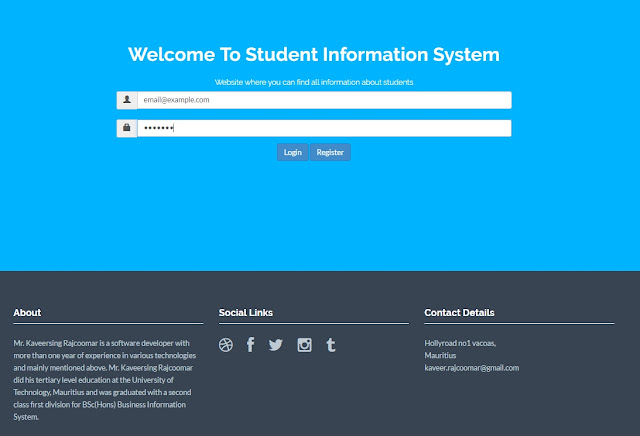What is Cloud Computing?
🌩️ What is Cloud Computing?
Cloud Computing is the on-demand delivery of computing services—including servers, storage, databases, networking, software, analytics, and more—over the internet ("the cloud"). Instead of owning and maintaining physical data centers or servers, individuals and organizations can rent computing power and storage from cloud providers.
🚀 Key Characteristics
| Feature | Description |
|---|---|
| On-Demand Self-Service | Users can provision resources as needed without human interaction. |
| Broad Network Access | Services are accessible over the internet from various devices. |
| Resource Pooling | Providers serve multiple customers using a multi-tenant model. |
| Rapid Elasticity | Resources can be scaled up/down quickly based on demand. |
| Measured Service | You pay only for what you use (pay-as-you-go or subscription-based). |
☁️ Types of Cloud Environments
1. Public Cloud
- Owned and operated by third-party providers (e.g., Azure, AWS, Google Cloud).
- Shared among multiple organizations.
2. Private Cloud
- Dedicated to a single organization.
- Can be hosted on-premises or by a third-party provider.
3. Hybrid Cloud
- Combines public and private clouds.
- Enables data and applications to be shared between them.
🛠️ Service Models
| Model | What You Manage | Examples |
|---|---|---|
| IaaS (Infrastructure as a Service) | You manage OS, apps, data | Azure VM, AWS EC2 |
| PaaS (Platform as a Service) | You manage apps and data only | Azure App Service, Google App Engine |
| SaaS (Software as a Service) | Provider manages everything | Gmail, Microsoft 365, Dropbox |
✅ Benefits of Cloud Computing
- Cost-Efficiency: No upfront hardware costs
- Scalability: Scale resources up/down automatically
- Flexibility: Access from anywhere
- Reliability: Built-in backup and recovery
- Security: Often better than on-prem due to expert teams and compliance standards
📌 Common Use Cases
- Hosting websites & web apps
- Data backup and disaster recovery
- Big data analytics
- Machine learning & AI
- Internet of Things (IoT)
- Continuous Integration/Continuous Deployment (CI/CD)



Comments
Post a Comment